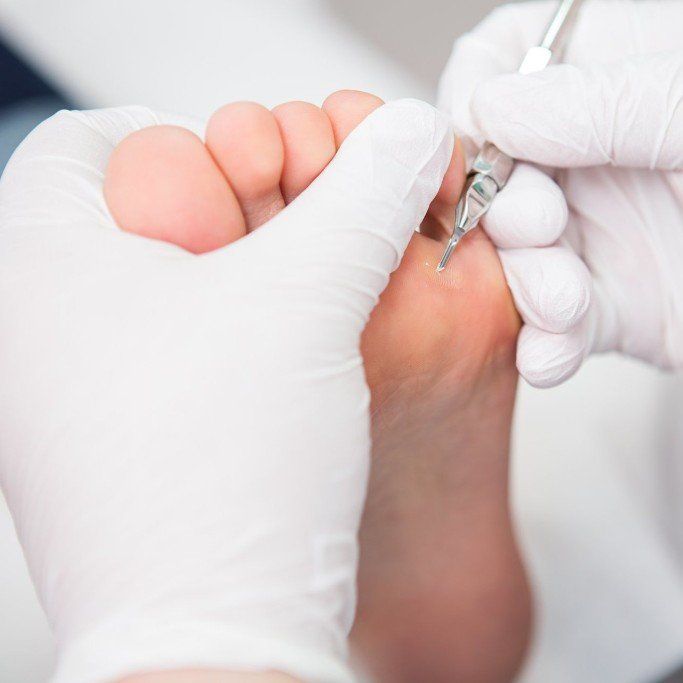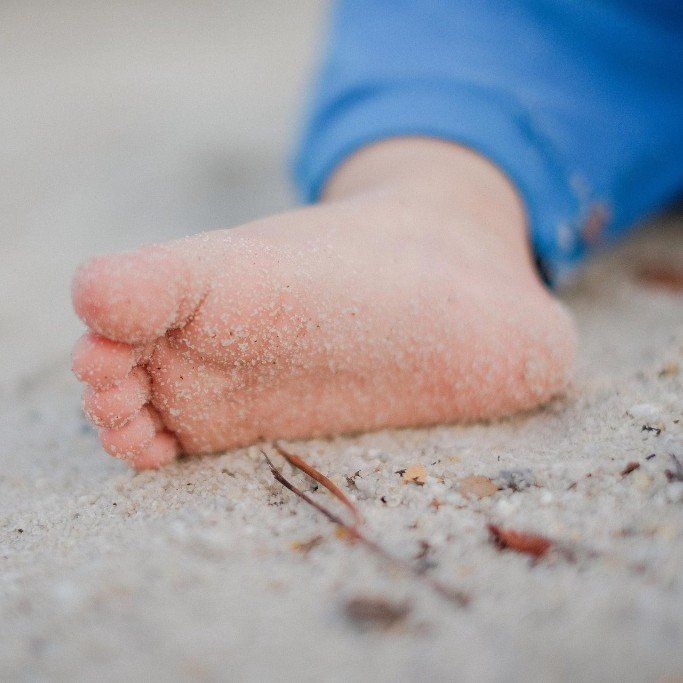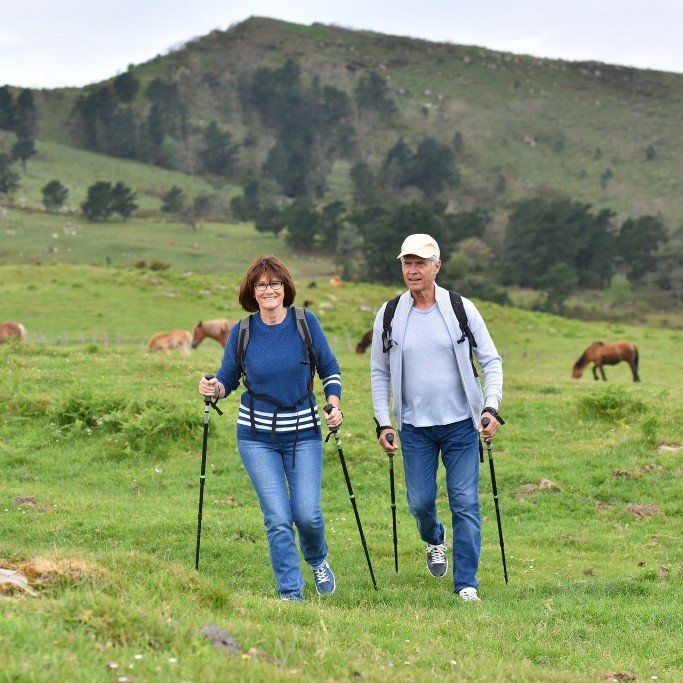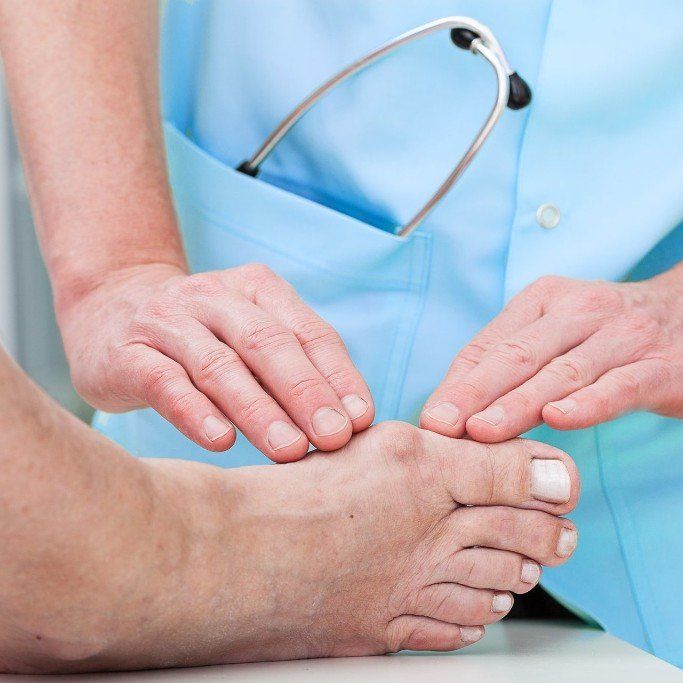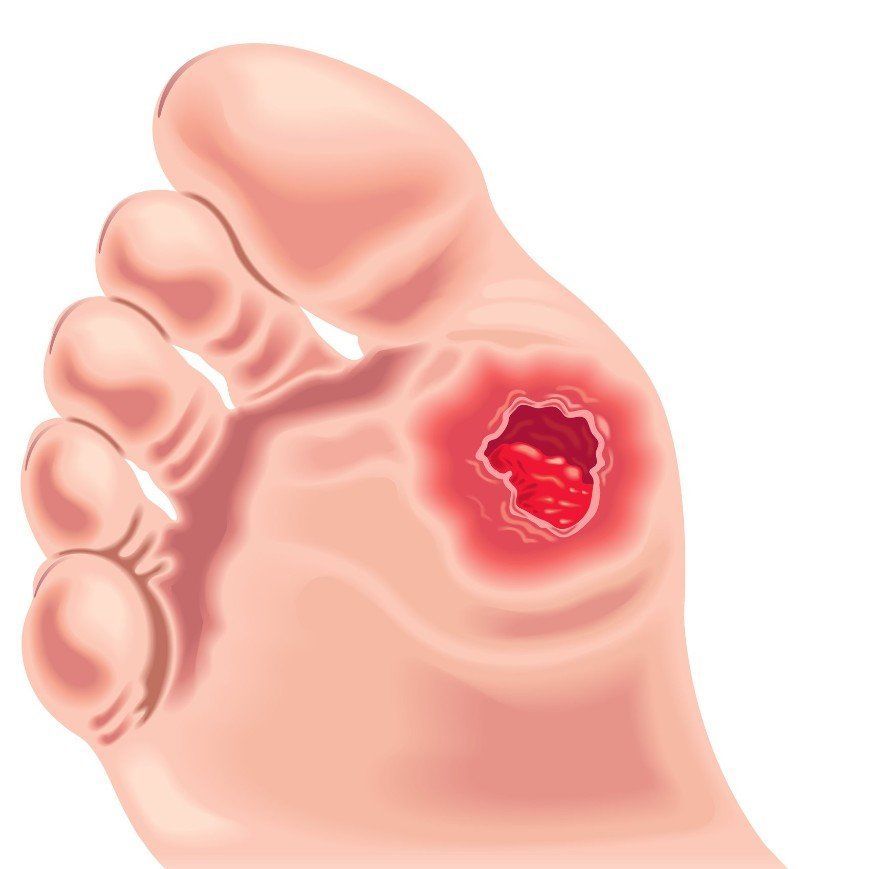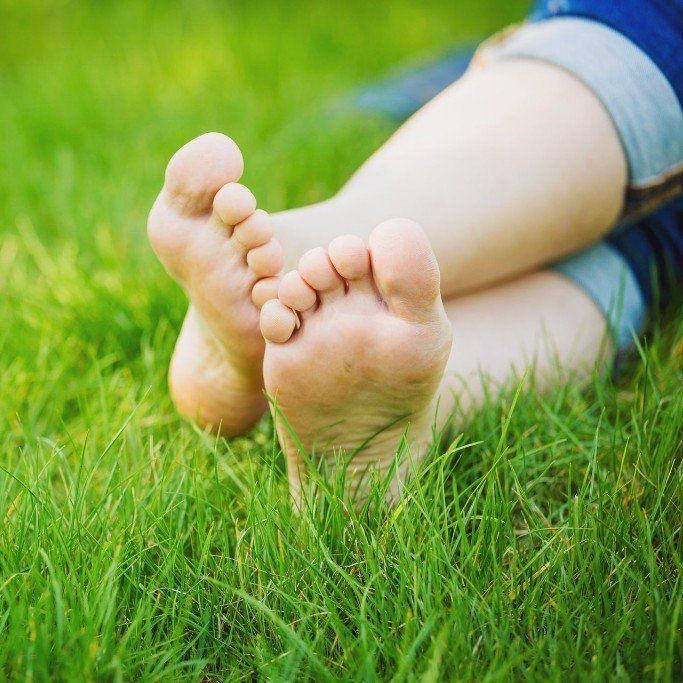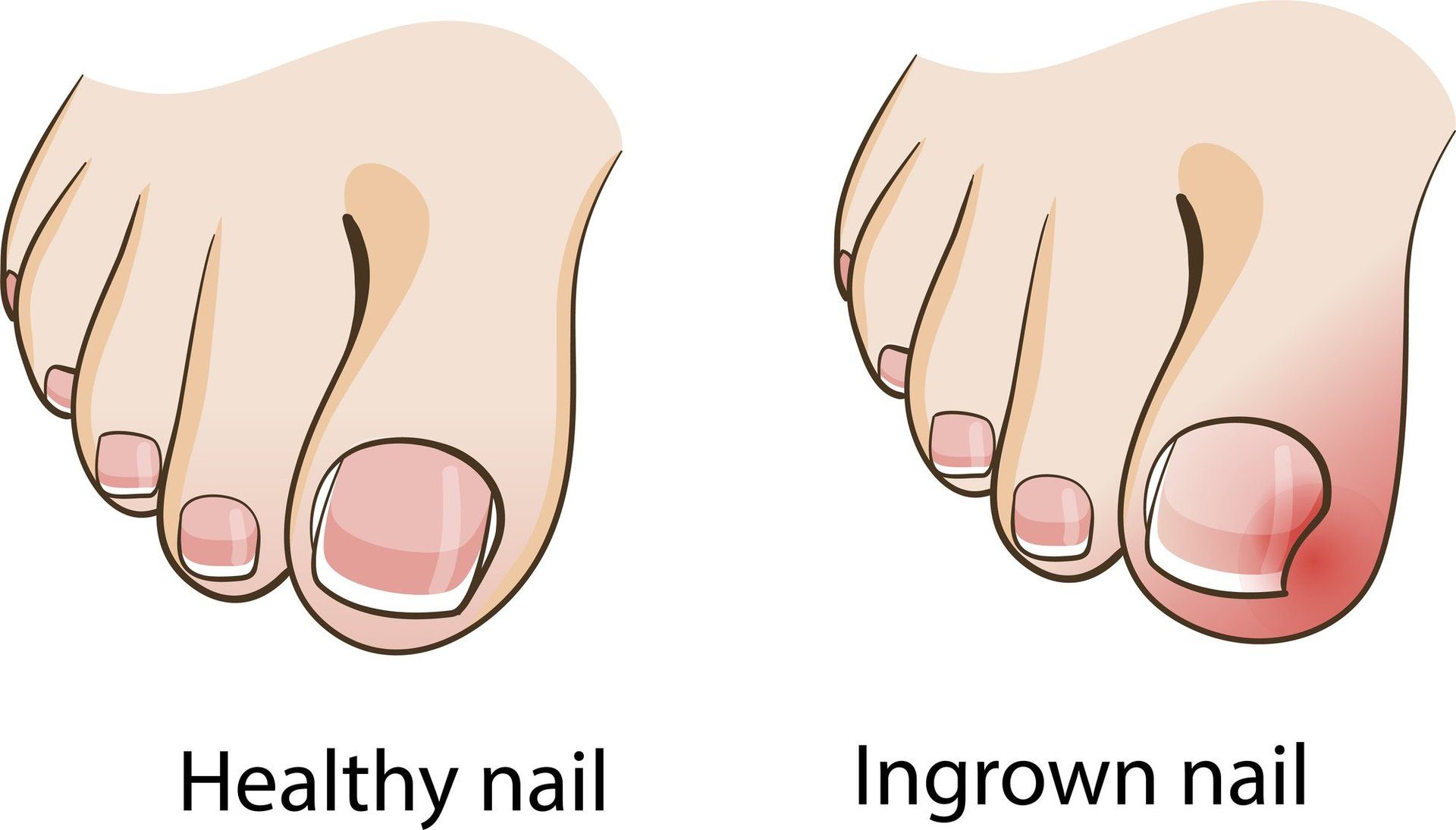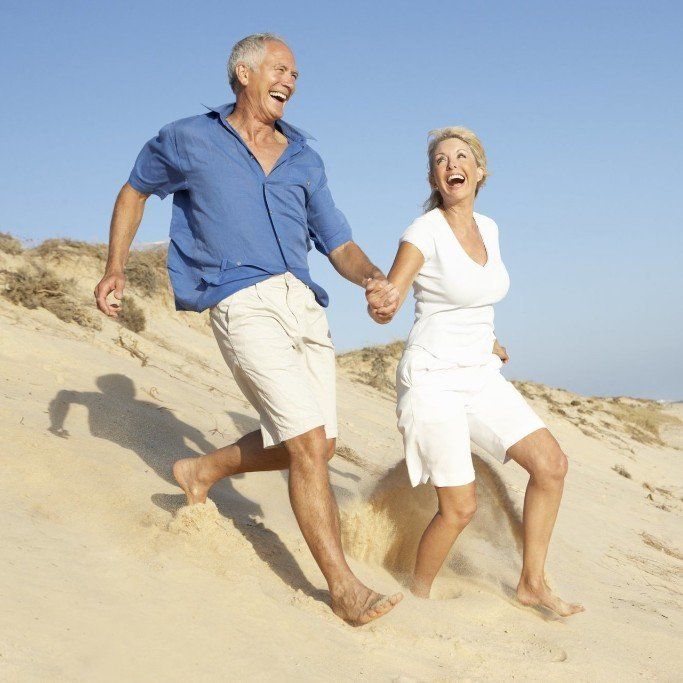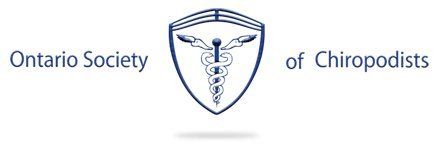HOW PROPER FOOTWEAR CAN REDUCE FOOT PROBLEMS
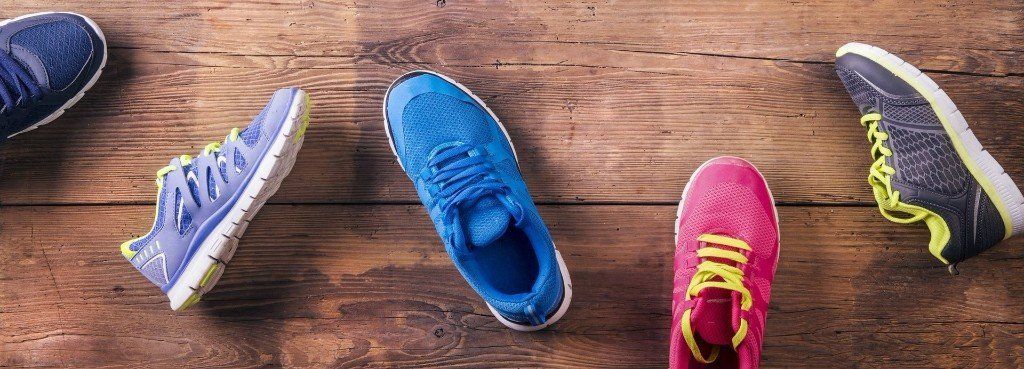
From ancient Egypt, medieval times and down through the centuries, footwear has been designed to meet mankind's real and perceived needs such as protection, support, comfort, sturdiness and style.
Today, there are almost as many different kinds of footwear as there are pieces in a jigsaw puzzle. An almost endless variety of shoe styles and materials make buying a pair of shoes a major dilemma. This dilemma can be minimized if you concentrate on the health of your feet. A well made, proper fitting shoe will help a great deal in the reduction of foot problems.
Our daily routine causes a great deal of pressure on our feet. An average day of walking brings a force equal to several hundred tons to bear on your feet. Your feet are more susceptible to more injury than any other part of your body. This is why we need to protect them with proper footwear.
Everyone including men, women, children, athletes, police officers, fire fighters, postal workers and construction workers have different shoe requirements, and such requirements will vary considerably across a wide range of activities.
WOMEN'S SHOES
Fashion footwear inflicts a great deal of punishment on women's feet. Chiropodists believe heels of more than two inches are orthopaedically unsound. Such footwear contributes to medical, postural and safety problems.
Women can lessen these negative effects by wearing good quality sneakers or flats for part or all of the day. They can also vary heel height. There are comfortable and attractive "walking" pumps (also called "comfort" or "performance" pumps) for work and social activities. These shoes blend fashion considerations and comfort with athletic shoe-derived construction, reinforced heels, and wider toe room.
Activity has a bearing on the considerations. Wearing the right shoe for a particular activity is very important.
Perhaps the best shoe for women, from an orthopaedic viewpoint, is a walking shoe with laces (not a slip-on) with Vibram-type composition sole. The shoe should have a wide heel with a rigid and padded heel counter. The heel should be no more than a half or three quarters of an inch in height.
MEN'S SHOES
The best shoes for men are good quality oxfords, loafers and low dress boots.
Men (and women), should buy shoes for work, leisure, and special activities -match the shoe to the activity, in other words.
Male (and female) office workers should have cushioned-sole shoes which give good support.
There is no question about the need for foot protection for those who work in heavy industry. Safety shoes and boots that are waterproof or water-resistant, with insulated steel toes and soles, help prevent and/or reduce the severity of foot injury.
CHILDREN'S SHOES
When a child begins to walk, shoes generally are not necessary. Allowing an infant to maneuver indoors without shoes helps the foot grow normally. It also develops muscle, and strength and dexterity in the toes.
As children grow more active, and their feet develop, the need for shoes becomes apparent. It becomes necessary to change shoe sizes at a pace which frequently surprises parents. Proper fitting shoes allow room for growth. Though fit is the most important consideration, function is also pertinent. For youngsters who have reached the stage of walking unassisted, footwear with crepe or rubber soles is best. Dressier thin soled shoes do little to cushion the impact of growing feet.
SHOES FOR ATHLETICS
Different sports activities call for specific footwear to protect feet and ankles. Sports-specific athletic shoes are a wise investment for serious athletes, though perhaps a less critical consideration for the weekend or occasional athlete. Nevertheless, it's a good idea to use the correct shoe for each sport.
Athletic footwear should be fitted to hold the foot in the position that's most natural to the movement involved.
For example, a running shoe is built to accommodate the impact on the forefoot, while a tennis shoe is made to give relatively more support to the ankles, and permit sudden stops and turns. Because of the many intricate maneuvers involved in such events and the added strain they put on the feet, athletic shoes ought to be fitted for comfort and support.
It is widely accepted that a regular regimen of walking is physically rewarding. Here again, footwear with proper support is most important. Choose a good quality, lightweight walking shoe with breathable upper materials, such as leather or nylon mesh. The heel counter should be firm and the heel positioned close to the ground for walking stability. The front or forefoot area should have flexibility, and plenty of room for the toes to move around.
Consideration should be given to cushioned soles for resilience on hard surfaces and tread for traction on slippery surfaces.
BUYING TIPS
Have your feet measured while you're standing. Always buy for the larger foot; feet are seldom precisely the same size.
Don't buy shoes that need a break-in period. Shoes should be comfortable immediately. Don't rely on the size of your last pair of shoes. Your feet do get larger, and lasts (shoemakers' sizing molds) also vary. Shop for shoes later in the day; feet tend to swell during the day, and it's best to be fitted when they are at their largest. Be sure that shoes fit well- front, back, and sides to distribute weight. Be sure the widest part of your foot corresponds to the widest part of the shoe. Select a shoe with a leather upper, stiff heel counter, appropriate cushioning, and flexibility at the ball of the foot. Buy shoes that don't pinch your toes, either at the tips, or across the toe box. Try on shoes while you're wearing the same type of socks or stocking.
